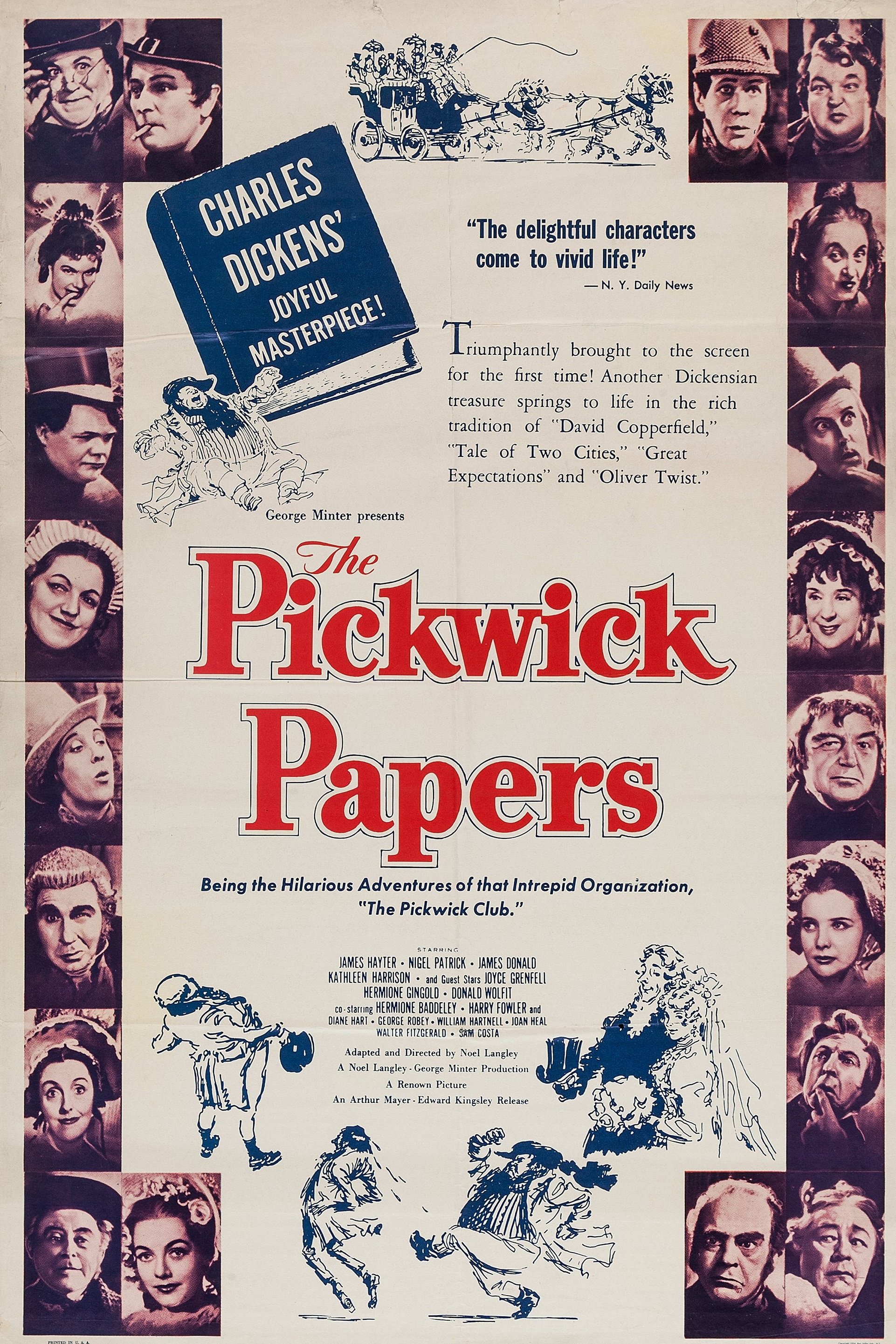

The number of corrections and the composition of the page suggest that Dickens worked quickly, making changes as he went along. One compositor complained of the ‘thick, spluttering, blue ink, quill-penned manuscript’ sent by Dickens. Once at the printers, Bradbury & Evans, compositors would work with the manuscript and select letters, called ‘moveable type’, and assemble blocks of text from which pages could then be printed. While some writers such as Charlotte Brontë produced ‘fair copy’ or neat manuscripts to send to the printers, Dickens sent his working drafts complete with numerous corrections and crossings out. This type of paper was widely available in England from about 1780. Wove paper is a uniform paper made in a fine wire mesh tray which does not have lines or watermarks. Indeed, on this particular manuscript it has begun to eat through the paper in places where Dickens has applied more ink when crossing out words and sentences. Iron gall ink is made from tannin (most often taken from oak marble galls produced by the eggs of gall wasps laid on oak trees), vitriol (iron sulphate), gum and water, and is extremely acidic. This particular manuscript is written in iron gall ink on wove paper. Dickens numbered each manuscript instalment separately before it was sent to the printers for the monthly publication.

This was published in chapter 19 in the novel and as monthly part 7. The larger of the two, Add MS 39182, comprises five folios or leaves and contains the account of the shooting-party luncheon where Mr Pickwick drinks too much punch. Nothing like a alleybi, Sammy, nothing.The British Library owns two manuscripts of small sections of The Pickwick Papers. I’ve got some friends as’ll do either for him, but my adwice ‘ud be this here–never mind the character, and stick to the alleybi. I’ve been a turnin’ the bis’ness over in my mind, and he may make his-self easy, Sammy. Weller, “Now I s’pose he’ll want to call some witnesses to speak to his character, or p’raps to prove a alleybi. “Battledore and shuttlecock’s a wery good game, vhen you ain’t the shuttlecock and two lawyers the battledores, in which case it gets too excitin’ to be pleasant.” It’s a legal fiction, my dear sir, nothing more.” “Harsh word, my dear sir, very harsh word indeed. “Why, I don’t exactly know about perjury, my dear sir,” replied the little gentleman.
PICKWICK PAPERS FULL
The novel is full of humorous quotes dealing with the legal system: She misunderstands and thinks he is proposing marriage. Bardell, about Sam Weller moving into the house. In a very funny scene, Pickwick tries to talk his landlady, Mrs. His outrage over the inequities and incompetence of the system show up in more than one of his novels. Samuel Pickwick, Illustration by Kyd (Joseph Clayton Clarke)ĭickens addressed a very serious subject into this comic novel, that of the injustice of the justice system.ĭickens had a firsthand look at the legal system when he worked as a law clerk. People could buy Pickwick cigars, songbooks, and china figurines.Ĭharles Dickens’s first book was a hit.
PICKWICK PAPERS SERIES
There were theatrical adaptations before the series was even completed. The first installment of Pickwick sold about 500 copies while the last installment sold about 40,000 copies. The author’s name was Charles Dickens and the series was The Pickwick Papers.Ĭhapman and Hall agreed with Dickens’s idea and The Pickwick Papers became wildly popular. Why not increase the text and hire a less well-known artist? The series would continue, but the focus would change from the illustrations to the story. The author who wrote the text accompanying Seymour’s illustrations had an idea. Less than a month later, on April 20th, Robert Seymour committed suicide.Įdward Chapman and William Hall had to decide if they were going to continue the series. The series was built around the illustrations of Robert Seymour. The firm had just started a series of amusing stories dealing with “Cockney sporting scenes”. The publishing firm of Chapman and Hall faced a huge decision in April of 1836. Dickens wrote Pickwick and Twist simultaneously until November of 1837 when Pickwick ended. Publication of Oliver Twistbegan in Bentley’s on January 31, 1837.

Their first child was born on January 6, 1837 The next month, on April 2, Charles Dickens married Catherine Hogarth.

The first installment of The Pickwick Papers was published on March 30, 1836.


 0 kommentar(er)
0 kommentar(er)
